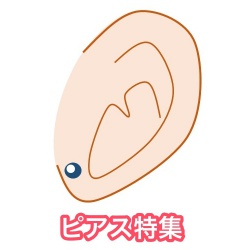The Structure of Term Papers
A term paper is a detailed study paper written by students on an academic term, typically accounting for at least a significant part of a last grade. Merriam Webster defines it as”a composition of less than four hundred phrases which attempts to express an opinion, view, or recommendation about a particular matter”. Term papers are composed with reference to a particular topic or area of research. It follows a particular pattern and is typically organized around one central subject – the writer’s central idea(s) or field of research.
The structure of the paper consists of the introduction, the main body and the conclusion. The debut is the part that sets the context of this paper and gives the reader a synopsis of what the paper is about. The main body covers the several ideas and arguments that the newspaper presents and reasons for their presentation. The conclusion gives the reader the key takeaways in the paper in terms of the way the information was originated and what the implications are. In some academic documents, the introduction and the conclusion are contained within the body of their text, whereas in others the introduction and the conclusion will be individually written within the essay.
The structure of this paper normally follows a logical order and is split into several segments. The first section presents the topic of the word papers, together with a synopsis of the paper. The following section consists of the main ideas and arguments presented within the paper, together with a brief thesis statement. The third section consists of 3 parts: a description of the processes used to analyze the information, the analysis of the results and methods, and the conclusion.
Other term papers include a literature review, which will be an assessment of the scientific report written about the topic. A scientific report is a study of published studies in peer-reviewed scientific journals that reports on the results of specific research studies, or an interpretation of the published research studies. The literature review process examines only those studies that have been printed in peer-reviewed scientific journals. One can readily find a literature review tool on the internet, as it has already been made by many writers and experts on the subject. In the end, there’s an outline of the primary arguments, the principal conclusions, and a list of resources. This last part is generally the most significant part the term newspapers, as it’s a listing of sources, such as web sites, publications, and websites that you can use to further study the subject.
Aside from those three broad overview structures, term papers also include a construction that has emerged among term papers – what is called a problem statement. A problem statement is that the main point of an article and is designed to say the central claim of this study paper, namely, an argument that leads to a specific result, usually a result that’s supported by some evidence. The problem statement differs from the remainder of the principal structures in that it is aimed specifically at creating a solid point of view – a particular set of beliefs about a particular topic. Additionally, problem statements are the starting point of any term paper.
The term paper may also have a subject statement, that’s the document that presents the general structure of the paper to readers. Nonetheless, this isn’t the most common method of organizing word papers. Rather, a better approach is to arrange the paper around a central concept, write my papers or a central motif. A motif, or a central idea, is something over which the newspaper’s arguments are led. A good example of a motif is that the Scientific Revolution, which started out of a reaction to new discoveries about nature and the way it worked.
コメントを残す
Copyright (C) 2025 生活に役立つ記事 All Rights Reserved.














